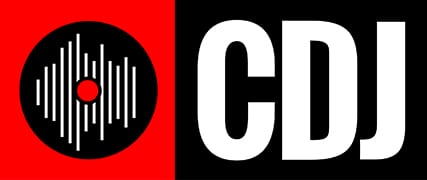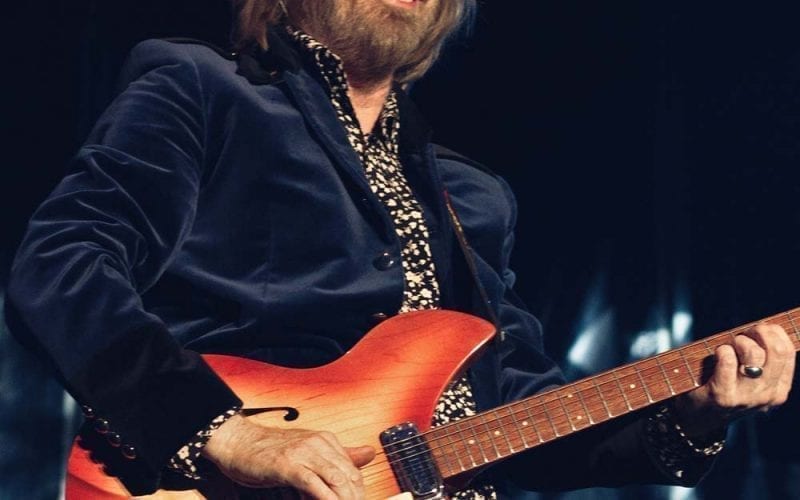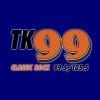 Stevie Ray Vaughan’s first guitar, a 1951 Fender Broadcaster known as “Jimbo” has just sold for $250,000 through Dallas’ Heritage Auction.
Stevie Ray Vaughan’s first guitar, a 1951 Fender Broadcaster known as “Jimbo” has just sold for $250,000 through Dallas’ Heritage Auction.
The guitar itself has a fascinating history. Beyond the fact that it was the first instrument of such an influential musician, its story has been shrouded in mystery with much speculation over what kind of guitar it actually is.
The guitar was owned by Stevie’s older brother, Jimmie Vaughan, who carved “Jimbo” into the back. He reportedly gave Jimbo to his younger brother so that 12-year-old Stevie would stop borrowing his other guitars.

This photo provided by Heritage Auctions shows the engraving on an electric guitar Stevie Ray Vaughan was given at the age of 12, by his brother.
While in high school, Stevie stripped the guitar’s natural finish off in shop class and that, along with the missing name from the head-stock, has fueled the ongoing debate as to what the model actually is.
In 1971, Stevie traded Jimbo for a ‘63 Epiphone Riviera but regretted the decision after his rise to fame. Publicly begging for the guitar’s return, he vowed to buy it back regardless of the cost but to no avail. It wasn’t until the mid-2000s (long after Stevie Ray Vaughan’s death in 1990) that someone recognized the guitar for what it was.
A 2007 Premier Guitar article tells the story of how Loni Spector (songwriter, photographer and head of the Los Angeles Amp Show) had observed a session guitarist playing what looked like a Telecaster with “Jimbo” carved into the back of it. However, he didn’t realize that it was possibly Stevie Ray Vaughan’s long lost instrument until he read the book You Can’t Stop a Comet by Vaughan’s close friend Cutter Brandenburg.
As soon as Spector made the connection, he called the session guitarist. It turned out that the instrument was borrowed but, at Spector’s suggestion, the guitarist was able to purchase Jimbo.
One of the reasons Jimbo was so difficult to identify is the confusion over the guitar’s pedigree. Most believe that Jimbo is a ‘51 Broadcaster -or more accurately a “Nocaster” as Broadcasters from that time are known as Fender ceased using the name Broadcaster after an infringement claim was made against them by Gretsch, creator of Broadkaster drums.
A second theory on the guitar’s origin is that it is a ‘52 Telecaster (Fender started using that moniker for the model in ‘52) with the name simply missing from the head-stock. The third theory which has been supported by Casey Hopkins in a Reverb article titled “Short Guide to the Lesser-Known Guitars of Stevie Ray Vaughan” puts forward the idea that Jimbo was actually a ‘51 Esquire and that when Vaughan stripped the finish in shop class, he also routed the body and added a neck pick-up.
When asked, Vaughan described it as “a ‘51 Tele, a cross between a Broadcaster and a Tele that I rebuilt.”
After it was rediscovered, Jimbo was exhibited at a number of guitar shows and spent five years on display at the Los Angeles’ Grammy Museum. It went up for sale in 2016 through Julien’s Auctions and was expected to reach upwards of $500,000. However, it didn’t hit reserve and remained unsold.
It has been reported that Jimmie Vaughan was interested in purchasing the guitar but as of yet the name of the buyer has not been announced.
Regardless, Jimbo is an interesting and important part of music history. As biographer Craig Hopkins has said, it has “considerable historical significance” as Vaughan’s first professional-grade guitar especially since the legendary guitarist “pretty much learned his craft on it.”











